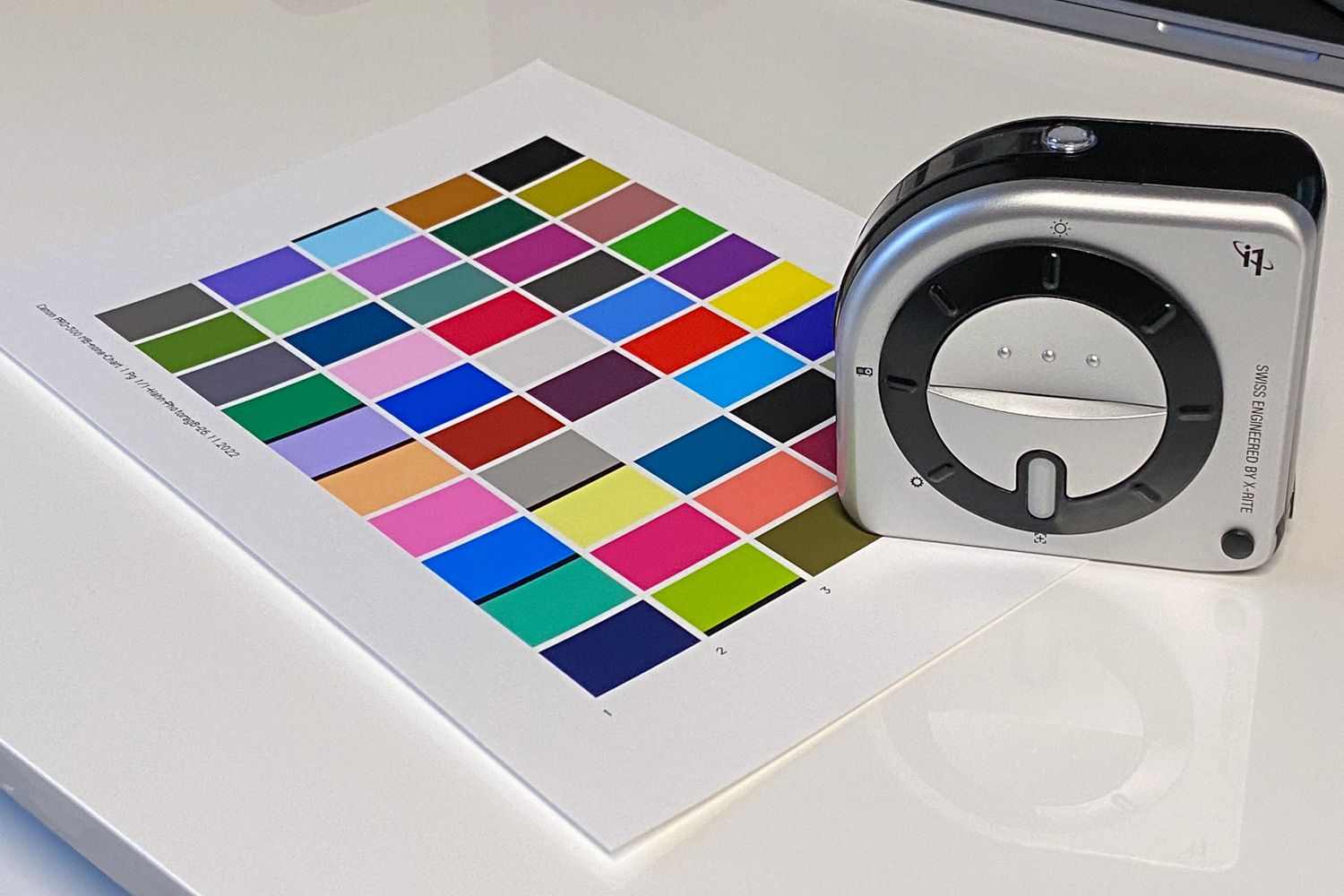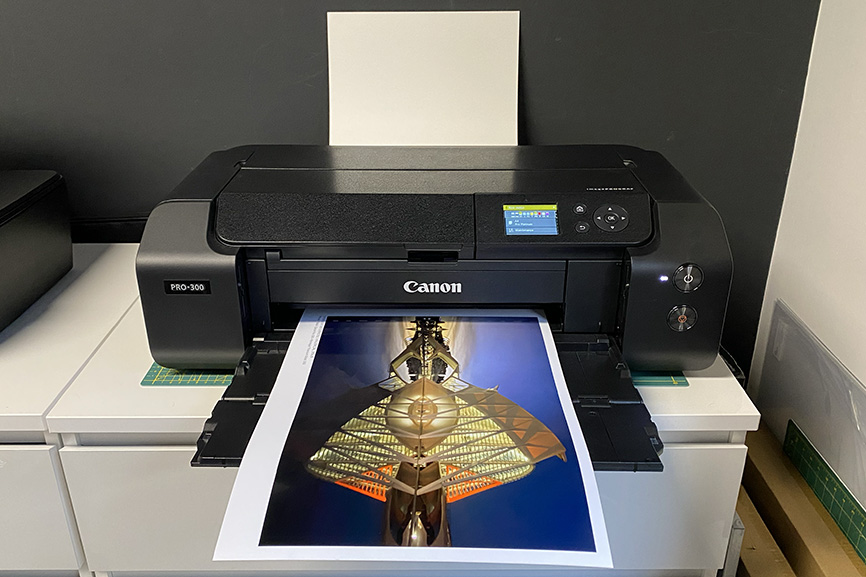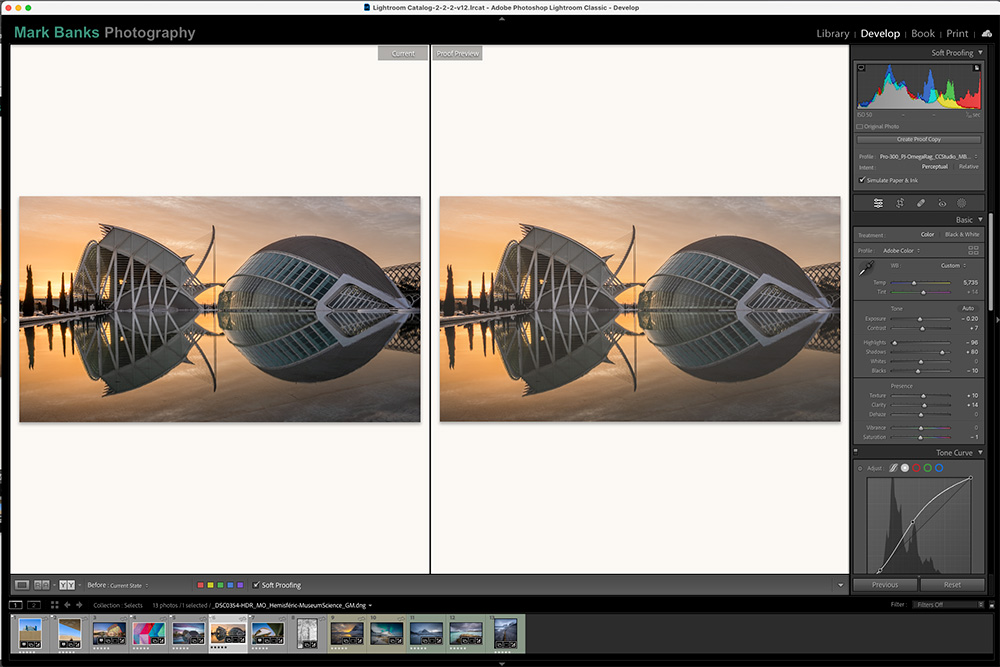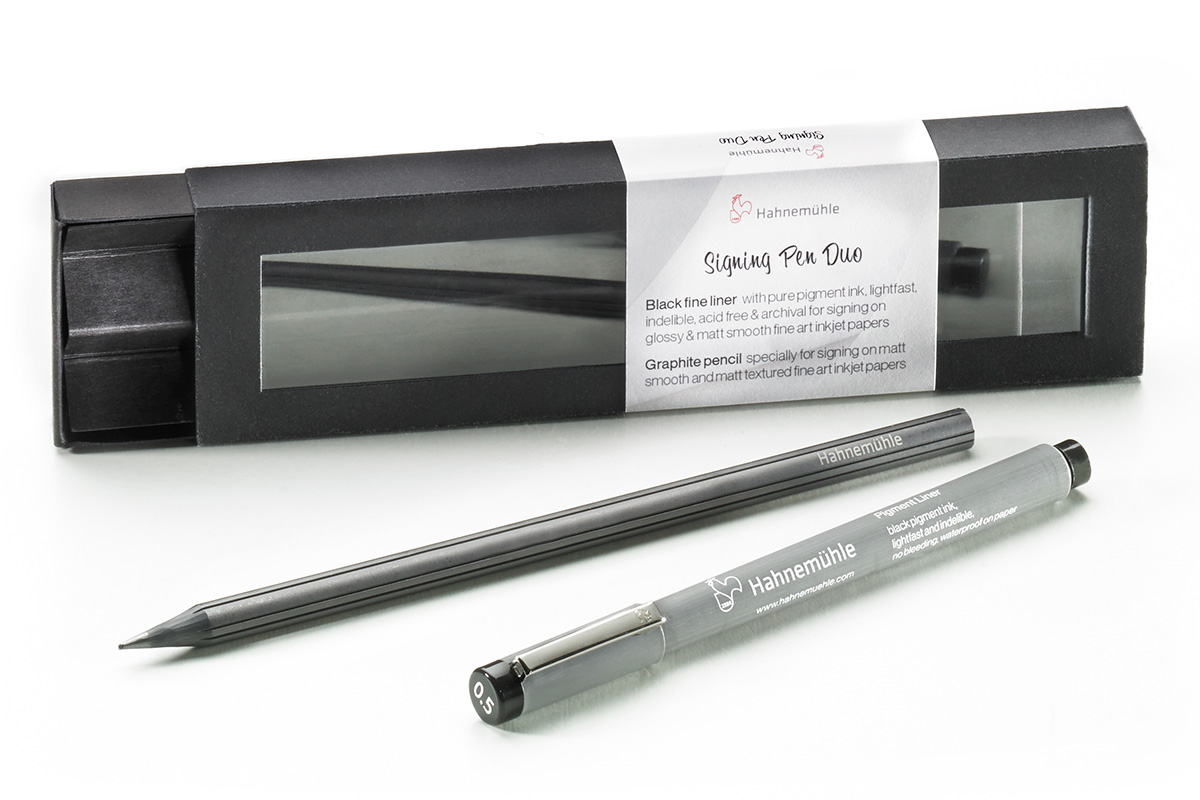
Mark's top 10 tips for perfect prints! (Part 2 of 2)
I believe great images belong on paper and I know a lot of my newsletter subscribers feel the same way. There is just something organic and wonderfully tactile about looking at and holding a fine art print. It's the culmination of all your hard work in travelling to photograph, create and process an image, which is very satisfying indeed.
In this, the second and final part of my top 10 tips for perfect printing, I'm going to start with...
6. Giclee printing
The word Giclee (pron. jee-clay) simply refers to spraying ink onto paper from an inkjet printer. However, it has become the by-word for high-quality or fine art archival printing. There are no established rules for Giclee printing but tacitly, it's recognised that a printer must use 8 or more inks. The inks should be pygment-based for longevity and fine art papers should be archival - that is, they last for tens of years without fading (if the print is not displayed in direct sunlight). If you wish to sell your prints as Giclee prints, it's worth bearing the above in mind when purchasing a suitable printer. It's probably no surprise that Pygment-ink based printers generally cost more than their dye-based counterparts - not to mention the price of the ink cartridges!

7. Comparing prints
In the first part of my top 10 tips for perfect printing, I pointed out the importance of soft-proofing your image. Software such as Adobe Lightroom Classic mimics or simulates what the image is going to look like in a print before you press the print button - fabulous! However, it's important to remember that once your image has printed, NOT to compare it with the image as seen in the print module of Lightroom. This is because the 'simulation' is not active in this module and, therefore, the print will always look brighter and more contrasty. Instead, you should return the image to the Develop module and make sure the soft-proof option (and simulation) are still active. Comparing your image with this is the closest you will get to your original print.

8. Know your papers
The choice of printer papers to choose from is enormous - this is a good thing! I love trying out new papers but it's important to note that fine art matt papers have a much lower D-Max (contrast range) than glossy-type papers and tend to be more challenging to softproof. This shouldn't put you off printing onto matt papers, however - it's all about what you wish to achieve in the final print. This is an important part of the printing process which I cover in detail on my printing workshops. Please check the Workshops page of my website for my current printing workshop options.
9. Match your paper to the image
I often hear about photographers using just one or two favourite papers to print onto. I think the most likely reason for this is they become familiar with their characteristics (and foibles) and, therefore, feel reluctant to experiment any further and prefer to play it safe. This is a shame because it's very likely that some of their images would look so much better if printed onto a paper that is more suited to it. I keep no fewer than 20 different papers from a multitude of manufacturers at any one time and part of the excitement of printing is the learning and understanding of paper-to-image choice. Again, this is something I demonstrate in detail on my printing workshops so please check the Workshops page of my website for my current printing workshop options.
10. Be proud of your work
If you're at the stage of printing to a fine art standard it's highly likely you've spent a lot of time and money on your photographic journey so far. So when you finally produce that fine art Giclee print be proud of yourself and be sure to sign you work. To do this I use the Hahnemühle Signing Pen Duo set which comes as a set of pen and pencil designed especially for signing your work. The pen is for glossy papers and the pencil for matt. These are available in many places online.

So there we have it, my top 10 tips for producing perfect prints time and again. I hope you find them useful. :o)